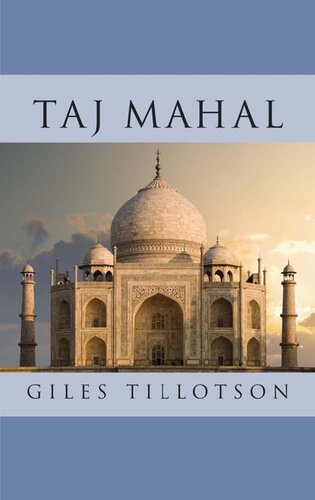

Most ebook files are in PDF format, so you can easily read them using various software such as Foxit Reader or directly on the Google Chrome browser.
Some ebook files are released by publishers in other formats such as .awz, .mobi, .epub, .fb2, etc. You may need to install specific software to read these formats on mobile/PC, such as Calibre.
Please read the tutorial at this link: https://ebookbell.com/faq
We offer FREE conversion to the popular formats you request; however, this may take some time. Therefore, right after payment, please email us, and we will try to provide the service as quickly as possible.
For some exceptional file formats or broken links (if any), please refrain from opening any disputes. Instead, email us first, and we will try to assist within a maximum of 6 hours.
EbookBell Team

4.7
86 reviewsAn enduring monument of haunting beauty, the Taj Mahal seems a symbol of stability itself. The familiar view of the glowing marble mausoleum from the gateway entrance offers the very picture of permanence. And yet this extraordinary edifice presents a shifting image to observers across time and cultures. The meaning of the Taj Mahal, the perceptions and responses it prompts, ideas about the building and the history that shape them: these form the subject of Giles Tillotson’s book. More than a richly illustrated history—though it is that as well—this book is an eloquent meditation on the place of the Taj Mahal in the cultural imagination of India and the wider world.
Since its completion in 1648, the mausoleum commissioned by the fifth Mughal emperor, Shah Jahan, for his wife Mumtaz Mahal, has come to symbolize many things: the undying love of a man for his wife, the perfection of Mughal architecture, the ideal synthesis of various strands of subcontinental aesthetics, even an icon of modern India itself. Exploring different perspectives brought to the magnificent structure—by a Mughal court poet, an English Romantic traveler, a colonial administrator, an architectural historian, or a contemporary Bollywood filmmaker—this book is an incomparable guide through the varied and changing ideas inspired by the Taj Mahal, from its construction to our day. In Tillotson’s expert hands, the story of a seventeenth-century structure in the city of Agra reveals itself as a story about our own place and time.